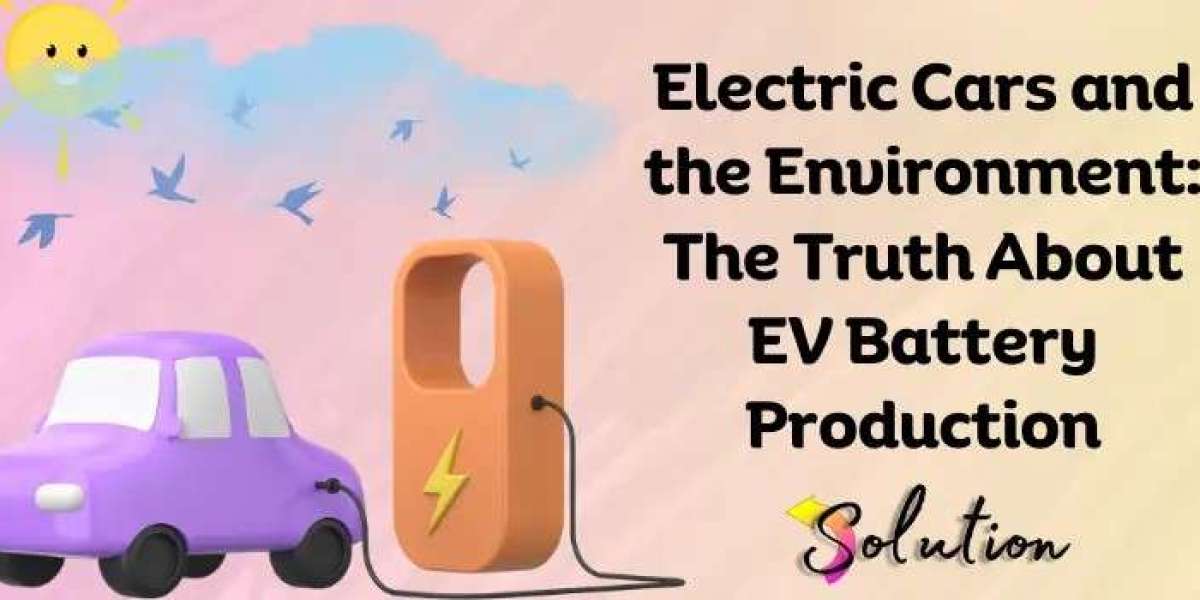As electric vehicles (EVs) continue to grow in popularity, they are often praised as the cleaner, greener alternative to traditional gasoline-powered cars. But beneath the sleek exteriors and zero-tailpipe emissions lies a complex reality: EV batteries come with their own environmental challenges.
So, what is EV Batteries and the Environment: The Real Impact
1. The Mining Footprint
The most commonly used batteries in EVs are lithium-ion batteries, which require materials like lithium, cobalt, and nickel. These minerals don’t just appear out of thin air—they’re extracted through mining processes that can have serious environmental and human costs:
Water usage: Lithium mining, especially in South America’s “Lithium Triangle,” consumes vast amounts of water in some of the driest regions on Earth.
Habitat destruction: Open-pit mining can destroy ecosystems, especially in biodiverse regions.
Toxic waste: The byproducts of mineral extraction often pollute surrounding land and water.
While this impact is significant, it’s important to compare it to the environmental toll of oil extraction and combustion. Fossil fuels, when burned, release greenhouse gases continuously, while battery production is a one-time cost spread over the life of the vehicle.
2. Manufacturing Emissions
Producing an EV generally results in more carbon emissions than building a gas-powered car—largely because of the battery. However, once an EV hits the road, it starts to make up for that initial “carbon debt.”
Studies show that, depending on the energy source used to charge it, an EV can break even in emissions in as little as 1–2 years and continue to emit far less than a gasoline vehicle over its lifetime.
3. Battery Lifespan and Waste
EV batteries don’t last forever. Most degrade after 8–15 years, depending on usage. What happens next?
Recycling: This is improving, but still not at full scale. Less than 5% of lithium-ion batteries are currently recycled. However, companies and governments are investing in closed-loop battery recycling systems.
Second life: Some EV batteries can be repurposed for energy storage in homes and businesses after they’re no longer suitable for vehicles.
4. The Path Forward
EV batteries aren't perfect—but the industry is evolving quickly. Here are some trends to watch:
New battery chemistries: Sodium-ion and solid-state batteries could reduce or eliminate reliance on rare and toxic materials.
Cleaner mining practices: ESG (Environmental, Social, and Governance) standards and ethical sourcing initiatives are being pushed by automakers and regulators alike.
Green charging infrastructure: Charging EVs with renewable energy makes a massive difference in total environmental impact.
Conclusion
Electric vehicles represent a crucial shift in the fight against climate change, but they are not a silver bullet. The environmental impact of EV batteries—especially in their production and disposal—demands attention, innovation, and accountability.
As the technology matures, the goal is not just more EVs, but better EVs: vehicles that are clean not only on the road but from the ground up.



